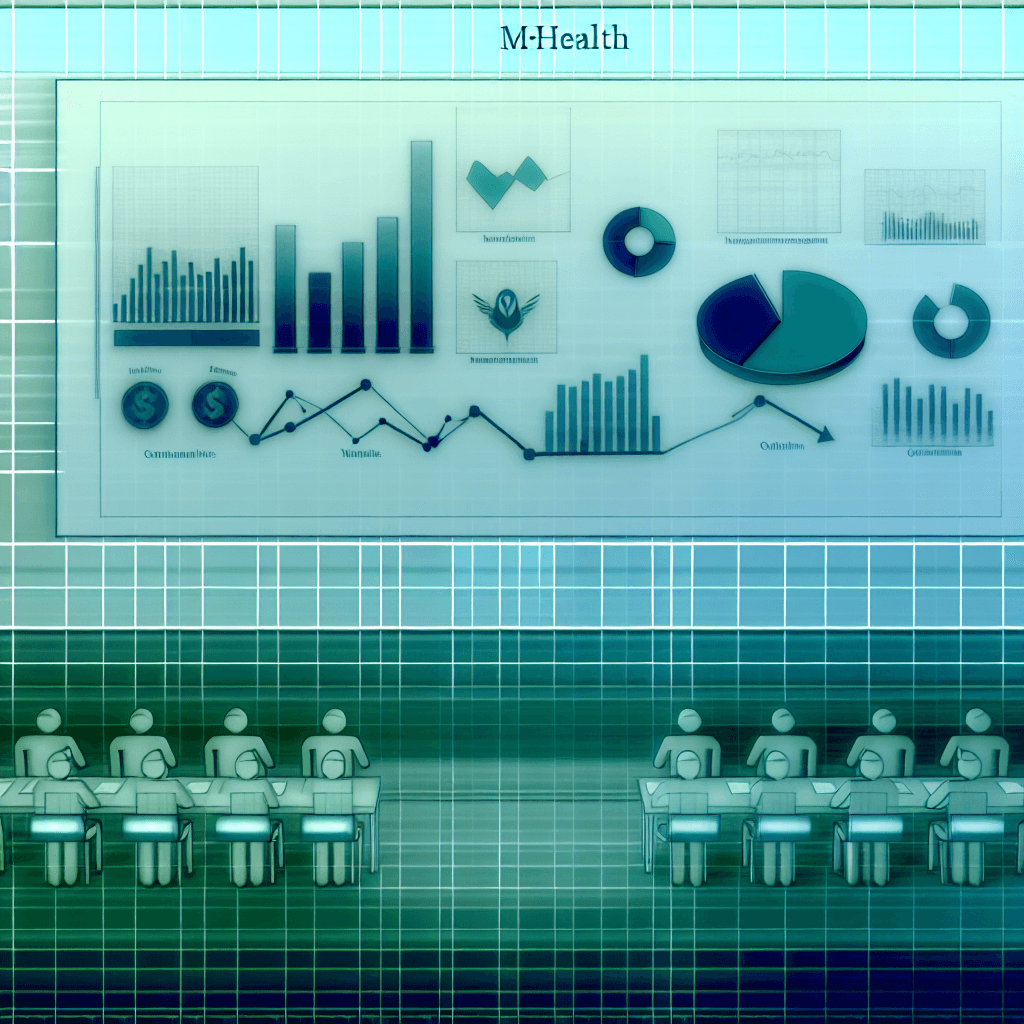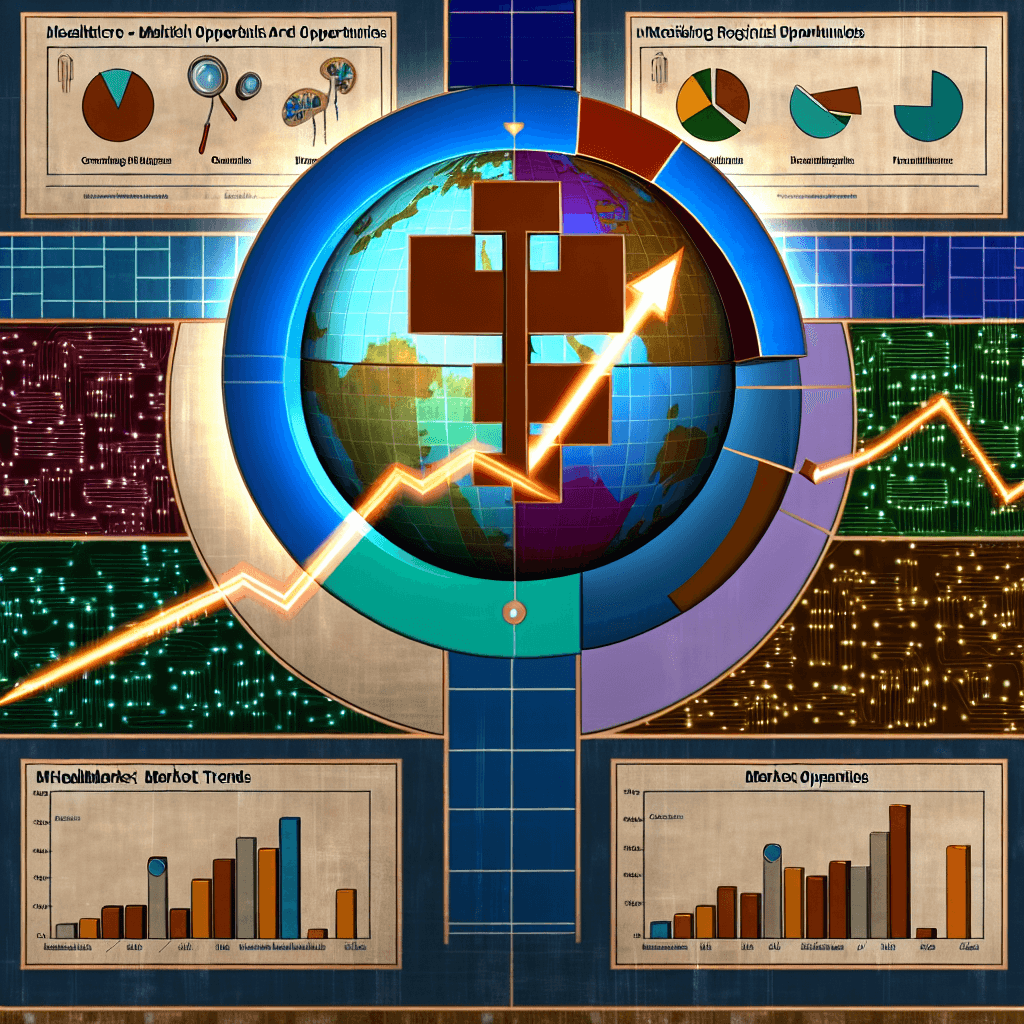Explore the mHealth market size, share, trends, opportunities, and forecasts in our comprehensive analysis.
mHealth Market Size, Share, Trends, Opportunities & Forecast

Table of Contents
mHealth Market Size, Share, Trends, Opportunities & Forecast

The mobile health (mHealth) sector is rapidly transforming the landscape of healthcare delivery around the globe. With advancements in technology and increasing smartphone penetration, mHealth solutions are becoming more accessible, providing significant opportunities for improving healthcare outcomes. This article delves into the current market size, shares, trends, and future opportunities in the mHealth market, along with a forecast that highlights its growth trajectory.
Understanding mHealth
mHealth refers to the practice of medicine and public health supported by mobile devices such as smartphones, tablets, personal digital assistants, and the wireless infrastructure. It encompasses all applications of telecommunications and multimedia technologies for the delivery of healthcare and health information. The range of applications includes health monitoring, health information delivery, and more direct patient care.
Current Market Size and Share
The mHealth market has shown robust growth over the past few years. According to a report by Grand View Research, the global mHealth market size was valued at approximately USD 45.7 billion in 2021 and is expected to grow at a compound annual growth rate (CAGR) of 17.6% from 2022 to 2030. This growth is driven by the increasing adoption of smartphones and healthcare apps, the rising prevalence of chronic diseases, and the growing need for cost-effective healthcare delivery.
Key Trends in the mHealth Market
- Wearable Health Technology: Devices like fitness trackers, smartwatches, and wearable ECG monitors are becoming increasingly popular for continuous health monitoring.
- Telemedicine: mHealth platforms are extensively used to provide telemedicine services, which have become particularly significant during the COVID-19 pandemic.
- Data Analytics: There is a growing trend of integrating advanced data analytics tools in mHealth applications to provide deeper insights into health patterns.
- Regulatory Support: Governments worldwide are implementing favorable policies to support the adoption of mHealth technologies.
Opportunities in the mHealth Market
The mHealth market is ripe with opportunities that can revolutionize healthcare delivery. Key opportunities include:
- Expansion in Emerging Markets: Developing countries present a significant opportunity for mHealth applications due to rising mobile penetration and unmet healthcare needs.
- Integration with Artificial Intelligence: AI can enhance mHealth applications by providing personalized health insights and predictive analytics.
- Partnerships with Healthcare Providers: Collaborations between mHealth companies and healthcare providers can lead to the development of more comprehensive care solutions.
- Focus on Mental Health: There is a growing demand for mental health services, and mHealth apps focusing on mental health can reach a wider audience.
Challenges Facing the mHealth Market
Despite the promising growth, there are several challenges that the mHealth market faces:
- Data Privacy and Security: Protecting patient data is a significant concern, especially with increasing cyber threats.
- Regulatory Compliance: Navigating the complex regulatory landscape can be challenging for mHealth providers.
- Interoperability: Ensuring that mHealth solutions can seamlessly integrate with other healthcare systems is crucial for their effectiveness.
- Digital Divide: There is a risk that the digital divide could widen, with underserved populations potentially missing out on the benefits of mHealth solutions.
Case Studies
Several successful case studies illustrate the impact of mHealth:
- Project Masiluleke (South Africa): This project uses mobile technology to send reminders to HIV patients to take their medications and to attend medical appointments. It has significantly improved treatment adherence rates.
- Diabetes Management: Apps like BlueStar have helped patients manage their diabetes by tracking blood sugar levels and providing personalized feedback.
Forecast for the mHealth Market
Looking ahead, the mHealth market is poised for substantial growth. By 2030, it is expected to exceed USD 300 billion, driven by continuous technological advancements and increasing health awareness among populations. The integration of IoT and AI with mHealth apps is likely to create new avenues for growth.
Conclusion
The mHealth market offers promising opportunities for transforming healthcare delivery. With its potential to enhance patient outcomes, reduce healthcare costs, and increase healthcare access, mHealth continues to gain traction globally. However, addressing challenges such as data security and regulatory compliance will be crucial for sustaining growth. Stakeholders in the healthcare sector must collaborate to maximize the benefits of mHealth solutions, ensuring they are accessible and beneficial to all segments of the population.
In conclusion, as we look towards a more digitized future in healthcare, mHealth stands out as a key player in shaping how healthcare services are delivered and managed. Its trajectory points towards a more connected, efficient, and patient-centered approach to healthcare.








